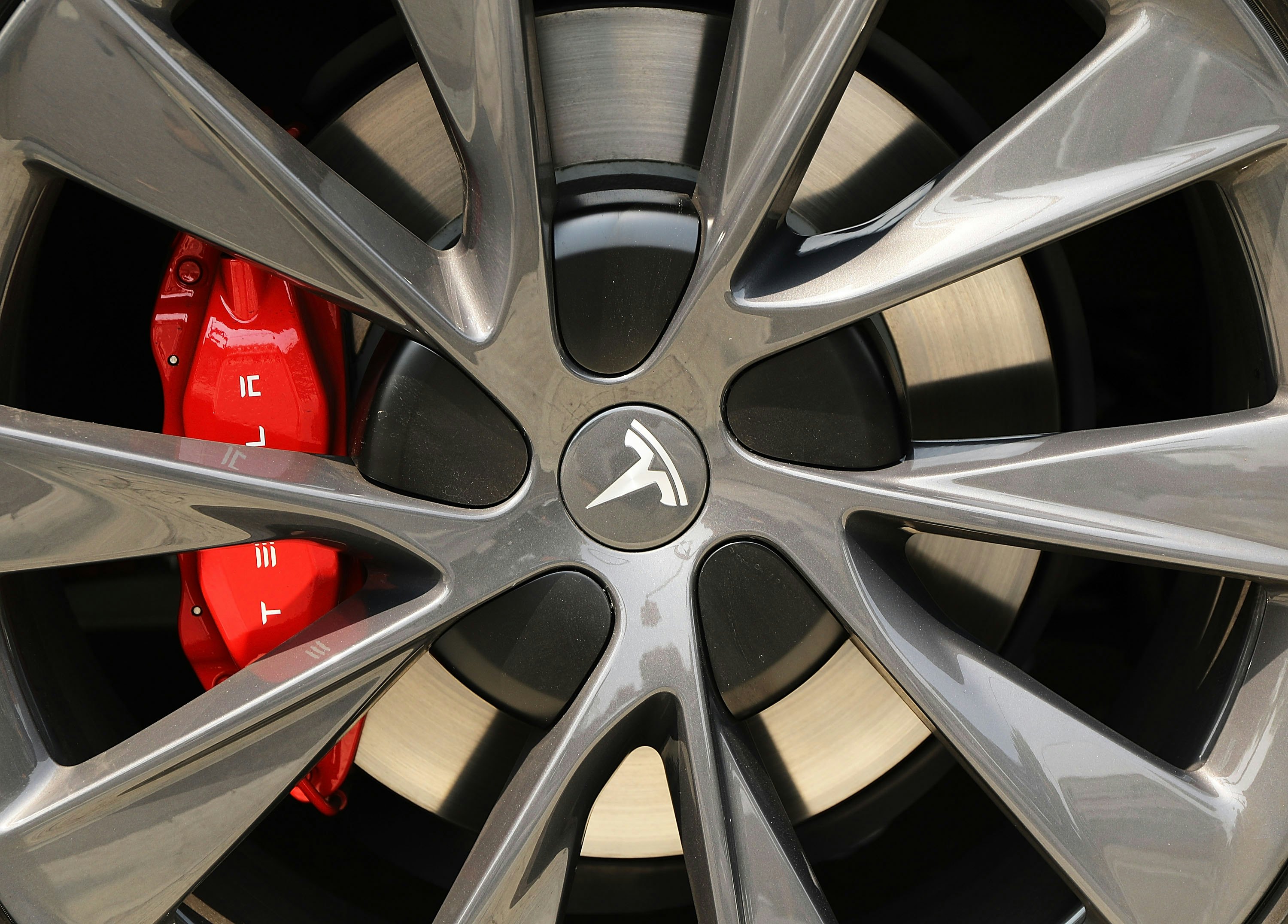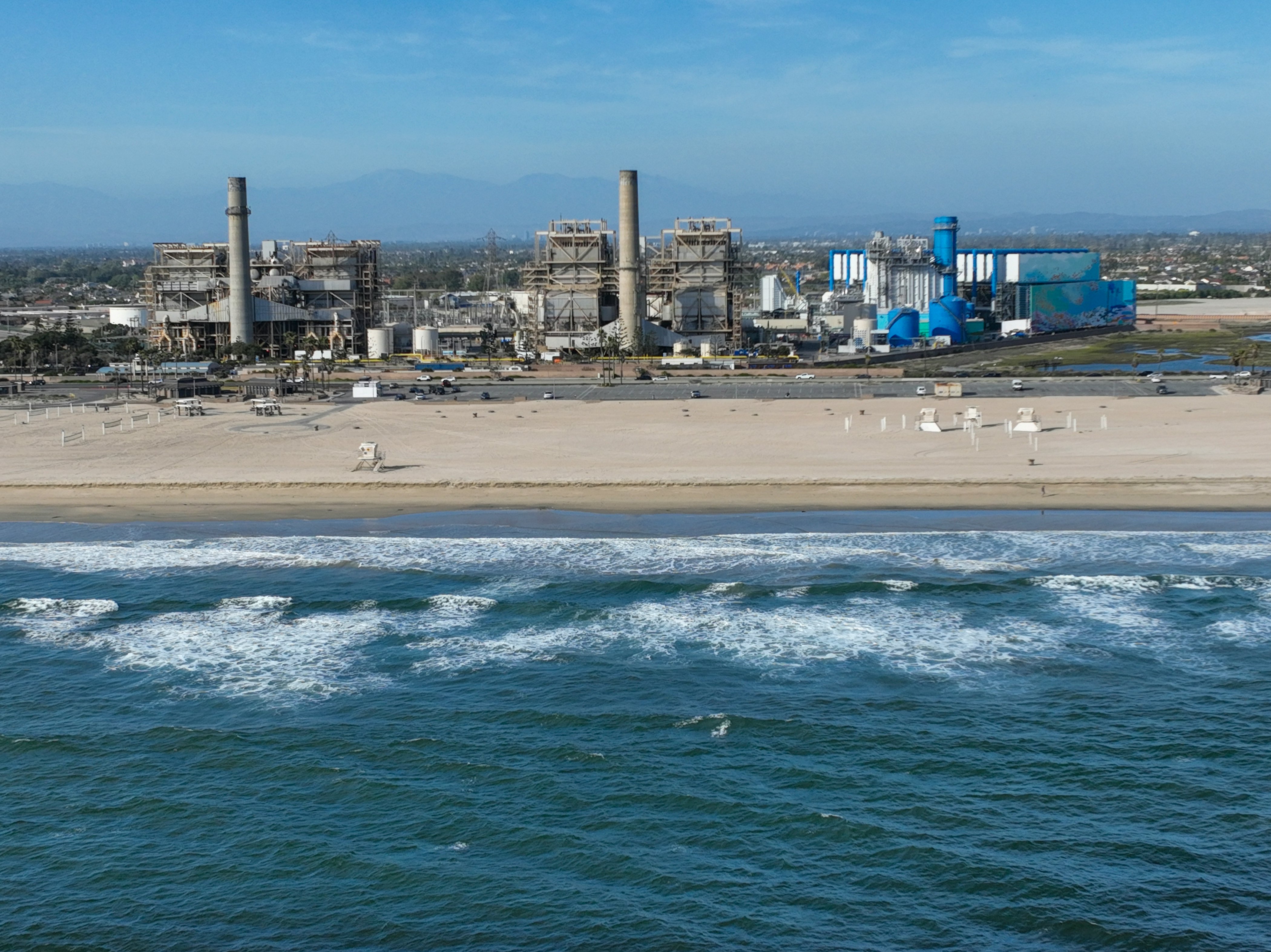
Electric vehicles are often touted as the future of sustainable transportation. And with good reason: They release far fewer greenhouse gases, emit fewer asthma-causing air pollutants, and are generally environmentally friendlier than combustion cars.
But this doesn’t mean that simply switching to EVs will solve all of our environmental issues — if politicians and businesses aren’t careful, they may exacerbate existing inequalities.
While electric vehicle uptake helps improve air quality, not all communities will reap the same benefits, according to a new study published in the journal PLOS Climate.

Using environmental data collected during a California government EV rebate program between 2010 and 2021, researchers analyzed the concentration of three major air pollutants over more than a decade in different California neighborhoods.
They found that while wealthy, mostly white neighborhoods experienced dramatic improvements in air quality as more and more people switched to EVs, underserved neighborhoods saw significantly less improvement — and in some cases, their air quality even got worse.
Hidden EV emissions
About 25 percent of California’s population lives in neighborhoods where the average annual household income falls in the bottom 20 percent of the state. Compared to wealthy areas, these communities typically receive fewer financial incentives for sustainable options like electric vehicles. They are also more likely to live near sources of air pollution, such as a heavily-trafficked freeway or power plant.
Even when people got EVs in these areas, the study found, these shifts didn’t necessarily translate to better air quality.
“Electric vehicles are often incorrectly referred to as zero-emissions vehicles,” Jaye Mejía-Duwan, an environmental and political scientist at the University of California, Berkeley, and first author of the new study, tells Inverse.

That’s because we tend to focus on car pollution from the tailpipe. A typical combustion vehicle spews a noxious mixture of carbon dioxide, nitrous oxides, and sulfur dioxide, among others, into the air. These pollutants have a wide range of health impacts, from triggering asthma to potentially causing cancer. And, of course, they help warm the planet.
EVs don’t emit such harmful chemicals directly from a tailpipe, but that doesn’t mean they’re totally clean. “Traffic-related air pollution is a mixture of different things,” Erika Garcia, an environmental epidemiologist at the University of Southern California who wasn’t involved in the study, tells Inverse.
Electric vehicles still produce pollutants from sources like brake and tire wear — think of the burnt rubber smell when a car peels away too fast — and kick up plenty of potentially toxic road dust. People living next to freeways might have to deal with fewer tailpipe emissions in an EV-heavy world, but they’re still forced to breathe in pollution from various other sources.
And ultimately, EVs “are actually only as clean as the underlying grid from which their electricity is sourced,” Mejía-Duwan says.
In fact, Mejia-Duwan and their team found that these geographic inequities only exacerbated the differences in air quality as folks across California adopted more electric vehicles. The new EVs added demand to the grid, forcing power plants to run more and pumping additional pollutants into the local atmosphere. This matters because half of all of California’s power plants sit next to what the state calls “disadvantaged communities.”
This produced notable impacts even in California, which operates a relatively clean, renewable-heavy grid compared to most states.

“Disadvantaged communities are really missing out on these air quality improvements,” Mejía-Duwansays.
The good news: By highlighting these inequities, scientists and policymakers can plan for a more equitable future.
For example, offering incentives for EV owners to shift to daytime charging could reduce strain on the grid and ensure that they’re using solar power instead of natural gas.
And by offering more rebates to low-income individuals, lawmakers could ensure that more people can afford to buy an EV in the first place. Policymakers can also invest in infrastructure such as trains, buses, or other forms of public transit — which may reduce the number of air-polluting vehicles on the road in the first place.
“Climate change is the greatest threat to public health of our century,” Sandrah Eckel, a biostatistician at the University of Southern California who wasn’t involved in the new research. “So this is a crucial moment.”







